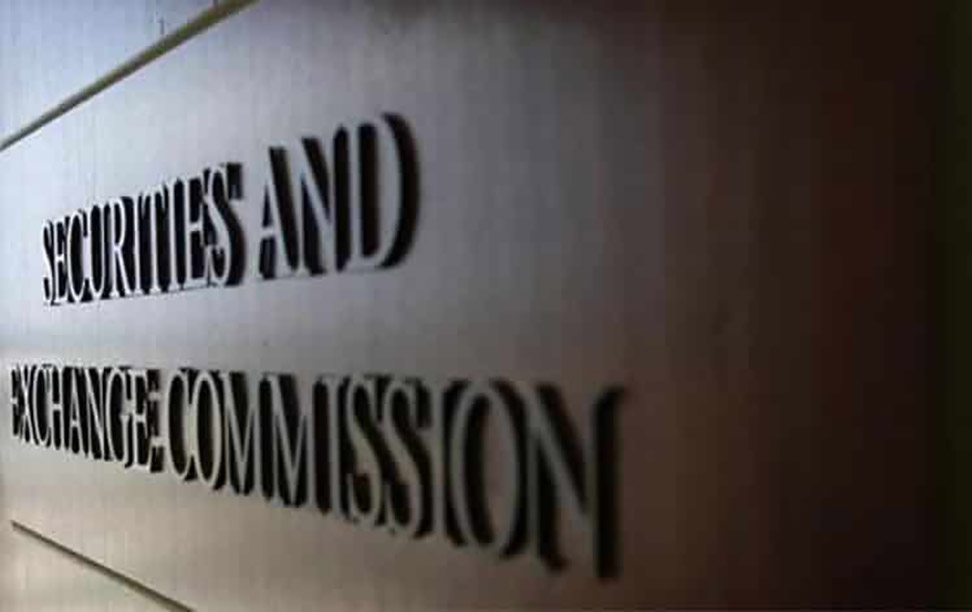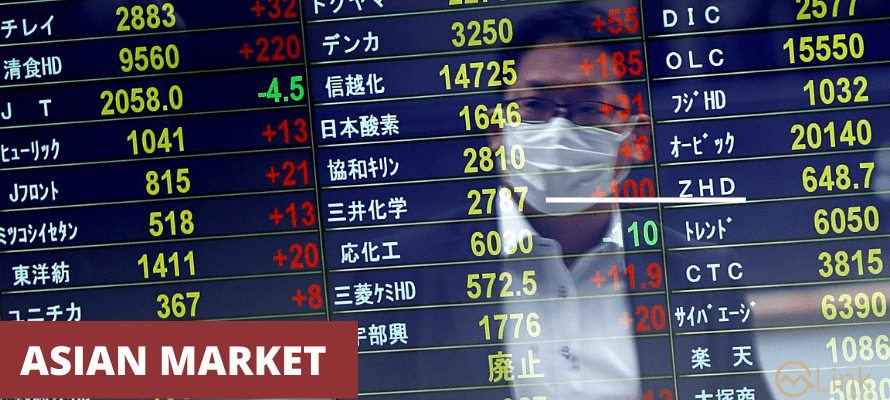Domestic banks’ overexposure could lead to crowding-out risks in MENAP

MG News | May 02, 2021 at 12:02 PM GMT+05:00
May 02, 2021 (MLN): Countries like Pakistan in the MENAP region responded to the COVID-19 pandemic with unprecedented scale and urgency. While this strong response helped save lives and cushion the economic blow, it also exacerbated existing debt vulnerabilities and led to a surge in financing needs.
International Monetary Fund’s Regional Economic Outlook Update for Middle East and Central Asia explored some issues regarding debt and financing risks from Covid-19 with the policies to address them.
The Fund highlighted that many countries were already facing high debt. By the end of 2019, one-half of MENAP countries had government debt ratios above 70 percent of GDP and one in four countries faced public gross financing needs above 15 percent of GDP annually.
With limited access to external financing, governments and large state-owned enterprises turned to domestic banks. Before the COVID-19 crisis, domestic banks’ exposure to the sovereign was above 20 percent of total banks’ assets in Iraq, Jordan, and Qatar, reaching above 45 percent in Algeria, Egypt, and Pakistan, and up to 60 percent in Lebanon. By contrast, banks in other emerging markets had a public sector exposure of about 12 percent. Such an overexposure is detrimental for domestic debt market development, as well as for the government and the private sector to secure financing at the lowest possible cost among a diversified pool of creditors.
The collapse in economic activity led to losses in fiscal revenues, as countries increased government spending to mitigate the pandemic’s impact. As a result, fiscal balances worsened across nearly all countries.
Compared to pre-pandemic expectations, primary deficits in MENAP expanded by an average of 7.5 percent of GDP in 2020. These higher deficits, combined with the economic slowdown, resulted in a 7 percentage-point average increase in debt-to-GDP ratios.
Although one-third of MENAP countries tapped international financial markets—representing 25.5 percent of worldwide emerging market issuances—domestic financing played a critical role, particularly during the first phase of the crisis when international markets were disrupted. For instance, governments in Egypt, Jordan, Pakistan, and Tunisia covered more than 50 percent of their public gross financing needs with domestic bank financing in 2020.
Regarding challenges faced by MENAP’s emerging markets face due to higher financing needs ahead, the Fund stated that public gross financing needs are projected to rise to a total of $1,044 billion in 2021–22, from $780 billion in 2018–19.
Financing needs during 2021–22 are expected to remain above 15 percent of GDP, on average, in most MENAP’s emerging markets, albeit with limited needs from external debt amortization (about 4 percent of GDP).
Since prospects for heavily tapping international markets are limited, banks’ exposure to the state is likely set to accelerate in the years ahead. This could crowd out private sector credit at a time when private financing is critically needed to spur the recovery.
Moreover, the Regional Economic Outlook estimates that budgetary needs could be further exacerbated by 3 percent of GDP under a potential shock scenario involving the rapid tightening of global financial conditions along with delayed fiscal adjustment due to a protracted recovery.
If domestic banks fund these unexpected needs, in addition to the expected financing needed during 2021–22, Egypt, Oman, Pakistan, and Tunisia would absorb an additional 10 to 23 percent of banks’ assets as government debt by the end of 2022. As a result, Egypt and Pakistan’s banks could reach levels of public sector exposure similar to those currently seen in Lebanon.
Given rising vulnerabilities, IMF suggested that countries need to implement policies and reforms to help reduce elevated public gross financing needs and, over time, mitigate the concentration of bank exposure to the sovereign, underpinned by a strong medium-term debt management strategy and the development of a clear and transparent communication plan with market participants.
Countries with limited or no fiscal space will need to initiate growth-friendly consolidation plans as the crisis subsides. In countries with market access, policymakers should work to proactively mitigate rollover and refinancing risks. Engaging in liability management operations (such as extending maturities) can improve terms on existing debt and the medium-term debt profile.
In countries where market access is more limited, governments could consider reprofiling their commercial and bilateral debt.
Developing domestic capital markets, gradually broadening the investor base, and expanding banks’ opportunities to diversify their assets, including from further progress on financial inclusion, would help reduce risks from banks’ overexposure to the state. Over the medium term, policymakers could introduce changes to banking regulations to reduce the existing bias of banks’ asset portfolios toward government bonds.
Copyright Mettis Link News
Related News
| Name | Price/Vol | %Chg/NChg |
|---|---|---|
| KSE100 | 138,597.36 256.32M | -0.05% -68.14 |
| ALLSHR | 85,286.16 608.38M | -0.48% -413.35 |
| KSE30 | 42,340.81 77.13M | -0.03% -12.33 |
| KMI30 | 193,554.51 76.19M | -0.83% -1627.52 |
| KMIALLSHR | 55,946.05 305.11M | -0.79% -443.10 |
| BKTi | 38,197.97 16.53M | -0.59% -225.01 |
| OGTi | 27,457.35 6.73M | -0.94% -260.91 |
| Symbol | Bid/Ask | High/Low |
|---|
| Name | Last | High/Low | Chg/%Chg |
|---|---|---|---|
| BITCOIN FUTURES | 117,670.00 | 121,165.00 117,035.00 | -1620.00 -1.36% |
| BRENT CRUDE | 69.23 | 70.77 69.14 | -0.29 -0.42% |
| RICHARDS BAY COAL MONTHLY | 96.50 | 0.00 0.00 | 2.20 2.33% |
| ROTTERDAM COAL MONTHLY | 104.50 | 104.50 104.50 | -0.30 -0.29% |
| USD RBD PALM OLEIN | 998.50 | 998.50 998.50 | 0.00 0.00% |
| CRUDE OIL - WTI | 66.03 | 67.54 65.93 | -0.20 -0.30% |
| SUGAR #11 WORLD | 16.79 | 17.02 16.71 | 0.05 0.30% |
Chart of the Day
Latest News
Top 5 things to watch in this week
Pakistan Stock Movers
| Name | Last | Chg/%Chg |
|---|
| Name | Last | Chg/%Chg |
|---|






 Weekly Forex Reserves
Weekly Forex Reserves